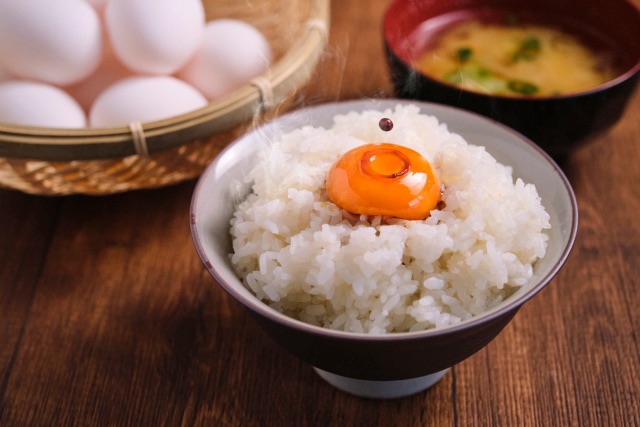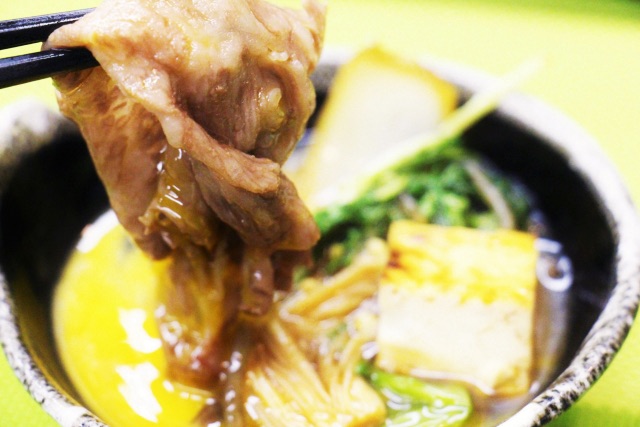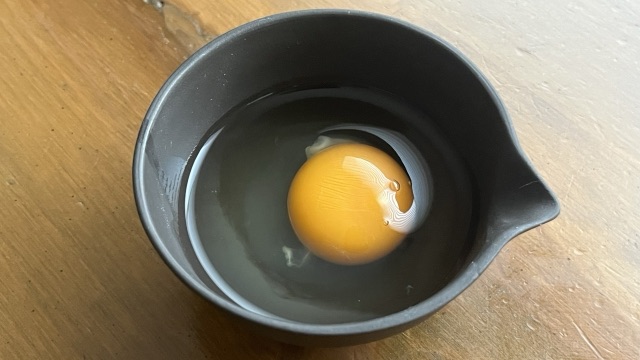Understanding the Safety of Raw Eggs in Japan: A Cultural and Culinary Perspective
When it comes to Japanese cuisine, one fascinating aspect is the frequent use of raw eggs (生卵, nama tamago). Unlike in many countries where consuming raw eggs is considered unsafe, Japan has a strong culture of enjoying them raw, thanks to its exceptional food safety standards. In this article, we’ll explore why raw eggs are so commonly enjoyed in Japan, how they maintain their safety, and introduce some popular Japanese dishes that highlight this unique culinary tradition.
Why Are Raw Eggs Safe in Japan?
Japan’s ability to consume raw eggs safely is largely due to its strict hygiene regulations and meticulous quality control processes. According to the Ministry of Agriculture, Forestry and Fisheries (農林水産省, Nōrin Suisan-shō), Japan’s salmonella contamination rate in eggs is extremely low, typically less than 0.01%. This is significantly lower than the rates in many other countries.
The rigorous system involves:
• Regular Testing (定期検査, teiki kensa): Farms conduct frequent inspections for salmonella bacteria.
• Clean Production Environments (清潔な生産環境, seiketsu na seisan kankyō): Poultry farms maintain high hygiene standards to minimize contamination risks.
• Quick Distribution (迅速な流通, jinsoku na ryūtsū): Eggs are distributed rapidly to ensure freshness. Most eggs are consumed within two weeks of being laid.
• Proper Labeling (適切な表示, tekisetsu na hyōji): Egg cartons display a “use-by” date specifically for consuming eggs raw.
For further information, you can visit the Ministry of Agriculture, Forestry and Fisheries (MAFF) website.
The Cultural Love for Raw Eggs
In Japan, the practice of eating raw eggs is deeply embedded in the culture. From everyday meals to celebratory feasts, raw eggs are a staple ingredient that enhances flavor and texture.
Here are two popular dishes that feature raw eggs:
1. Tamago Kake Gohan (卵かけご飯)

A simple yet beloved dish, tamago kake gohan consists of a raw egg cracked over a bowl of hot rice, then mixed with a dash of soy sauce (**醤油, shōyu). The result is a creamy, rich texture with a savory umami flavor. It’s often enjoyed as a quick and comforting breakfast.
2. Sukiyaki (すき焼き)


Sukiyaki is a Japanese hot pot dish featuring thinly sliced beef, vegetables, tofu, and noodles simmered in a sweet and savory broth. Before eating, the cooked ingredients are dipped into a raw beaten egg, adding a silky smooth texture and enhancing the flavors of the broth.
How Does This Compare to Other Countries?
In many countries, consuming raw eggs is discouraged due to the risk of salmonella contamination. While eggs in those regions often require refrigeration and pasteurization, Japanese eggs undergo a thorough cleaning and sterilization process immediately after being laid. Additionally, the shorter time from farm to consumer further minimizes the risk of bacterial growth.
Another difference is how eggs are sold. In Japan, egg cartons are prominently labeled for their suitability for raw consumption, while in other regions, eggs may lack similar designations. This reflects Japan’s confidence in its safety measures.
Vocabulary to Remember
Here are some useful Japanese words related to eggs and food safety:
• 生卵 (Nama tamago) – Raw egg
• 卵かけご飯 (Tamago kake gohan) – Rice with raw egg
• すき焼き (Sukiyaki) – Japanese hot pot with raw egg dip
• 衛生管理 (Eisei kanri) – Hygiene management
• サルモネラ菌 (Sarumonera kin) – Salmonella bacteria
Final Thoughts
Japan’s dedication to food safety has allowed raw eggs to become an essential part of its culinary culture. Whether you’re enjoying a bowl of tamago kake gohan or savoring sukiyaki, the rich flavors and unique textures of raw eggs offer a truly authentic taste of Japan. Next time you visit Japan, don’t miss the chance to experience this delicious tradition for yourself!
For more insights into Japanese food culture and language, be sure to explore our other articles!




Comment